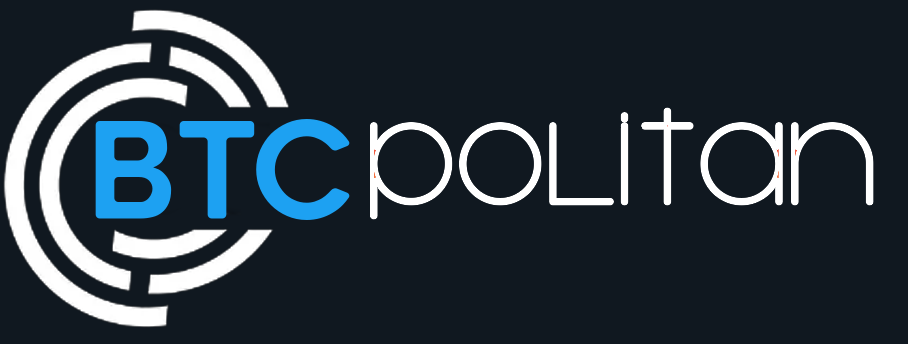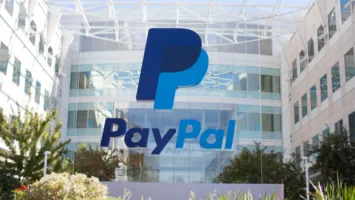Introduction
Cryptocurrencies have some pretty distinctive assets. They are difficult to hack or shut down. Without the help of a third party, anyone can use them to send value around the world. We must make major trade-offs. They are needed to keep these qualities going. Throughput is constrained in a bitcoin network since it is operated by numerous nodes. Because of this, a blockchain network’s transaction throughput (TPS) is low. It’s meant for widespread adoption. Many scaling techniques have been proposed to overcome the limits of blockchain technology. They aim to boost the number of transactions a network can process. We’ll delve deeply into one such expansion of the Bitcoin protocol—the Lightning Network—in this post.
What Is the Lightning Network?
Bitcoin has a second layer called the Lightning Network. It uses micropayment channels. They scale up the blockchain and handle transactions more cheaply.It is a technical solution designed to solve errors associated with Bitcoin by introducing off-chain transactions. It is a transaction method between two persons in which each can send or receive payments.
KEY TAKEAWAYS
- Through the introduction of off-chain transactions, the Lightning Network is a technological solution designed to address the issue of the Bitcoin blockchain’s poor transaction speed.
- The Lightning Network eliminates the financial middleman, like a bank, that handles the majority of today’s transaction routing, just like a primary blockchain does.
- The Lightning Network was first explicitly proposed in a 2016 study by Joseph Poon and Thaddeus Dryja.
What Problems Does Lightning Network Aim to Solve?
Bitcoin was not designed to handle the enormous volume of transactions that take place with it on a daily basis. The following are some problems that the Lightning Network aims to fix:
- Sluggishness in confirming transactions:: when it comes to transaction confirmation With so many people transacting and mining becoming more difficult over time, it has become costly and time-consuming. The volume of transactions increased, necessitating an improvement in the confirmation process.
- High energy costs: Maintaining the Bitcoin blockchain is unaffordable due to the massive amount of energy required to compute this information.
- Ensuring that designated recipients receive the funds they are entitled to: The foundation of the Lightning Network consists of smart contracts and multi-signatures, which are used to guarantee that the money delivered through the channels reaches the intended receivers.
The Lightning Network uses channels between users. It allows for many transactions without waiting for a single exchange. The main net is slower to confirm them. Parties may transfer money between themselves as needed. They can do this between opening and closing the channel until they close it. After closing the channel, send the transactions to the main net for confirmation.
How does the Lightning Network work?
The Lightning Network uses smart contracts. They set up payment channels on the blockchain between two people. These channels allow for transferring funds right away.
It’s smart that the network doesn’t have to couple up every user. Parties can still transfer funds between their channels. For example, if User A has a channel with User B and User C has a channel with User B but not with User A.
Because the blockchain only records the opening and shutting of payment channels, the Lightning Network can process Bitcoin transactions faster. Furthermore, because they don’t all show up on a public ledger, some kinds of transactions can be secret.
Potential Flaws of the Lightning Network
One of the most worrisome aspects of the decentralized Lightning Network is that it may replicate the hub-and-spoke architecture found in contemporary financial institutions. Banks and other financial organizations currently have a significant influence on transaction management.
Companies that invest and cultivate more transparent relationships with others might become major nodes within the Lightning Network. However, there are certain drawbacks to this, such as price fluctuation, fraud, fees, and hacking.
Closed Channel Fraud:
One of the risks when using the Lightning Network is that you may have to close your channel and go offline. Assume, for instance, that Mark and Carol are transacting and that one of them is acting maliciously. By fraudulently stopping the channel, the dishonest party might be able to take bitcoin from the other participant.
Mark and Carol open a channel with an initial.5 BTC deposit each. Then, a 1 BTC transaction occurs when Mark buys items from Carol. If they shut the channel and log off, Mark could broadcast the initial state. This would be to recover both and return their initial donations as if nothing had happened; in other words, Mark would receive a free item valued at one Bitcoin.
Third parties operate nodes known as watchtowers to maintain safe transactions within the Lightning Network and stop fraud. A watchtower’s function is to keep an eye on transactions and make sure that channels aren’t closed illegally.
Hacks:
Wallets, APIs, and payment channels are easy to hack. Due to this, people think the Lightning Network is also at risk of theft and hacking. The Lightning Network has payment channels between different parties. They come together to form a network of Lightning nodes. The nodes route transactions among themselves.The Lightning Network is the product of the interconnection of several payment systems.
Fees:
Using the Lightning Network entails transaction fees, which include Bitcoin’s standard transaction fees as well as routing fees for transmitting payment information between nodes and opening and closing channels.
If companies use the Lightning Network as a payment and settlement layer, they might then start levying extra fees of their own. Furthermore, a lot of watchtowers have their own independent costs since they are third-party services.
According to Arcane Research, Lightning Network’s payment volume rose by 410% in the first quarter of 2022 over the same period the year before. This implies that the number of people making payments on the network has increased.
A closure transaction includes a fee for forwarding transactions. The two parties must record it on the blockchain after they have settled a bill. This might use either a base fee, which is a fixed sum, or a fee rate, which is a percentage of the transaction.
Malicious Attacks:
A malicious attack’s congestion poses a further risk to the network. In the event of a hack or assault and clogged payment channels, participants might not receive their money back as soon as possible because of the congestion.
A denial-of-service attack can also be used by attackers to clog a channel, thus stopping it. These attacks have the potential to take advantage of traffic congestion to embezzle money from parties that are unable to access their own funds due to a freeze.
How to get started?
Only those with a Bitcoin (BTC) account are able to conduct transactions via the Lightning Network. Thankfully, a large number of wallets are compatible with this technique. You have two choices when choosing a cryptocurrency wallet: custodial and non-custodial. This is how they vary:
- Non-custodial wallets: Breez, Phoenix, Zap, and Muun are the wallet possibilities. More seasoned traders favor these user-controlled wallets because only you have access to your private keys. Unless you know how backup and restore processes operate for the wallet you choose, you could say goodbye to that money in the event that your wallet is damaged, lost, or you forget your password.
- Custodial wallets: Strike, Blue Wallet, and Satoshi’s Wallet are a few excellent options for novices who wish to keep track of their private keys. The sending and receiving of bitcoin is made simpler by these wallets. You can reset your password, for instance, if you forget it.
Why the lightning network?
How soon can transactions be processed using the Bitcoin network? Right now, Bitcoin can handle two to seven transactions per second.
At 150 million transactions a day, or 24 000 transactions per second, Visa is the payment channel that powers your debit and credit card transactions today.
It will take the implementation of the Lightning Network for Bitcoin to become a competitive service against Visa. This channel can process thousands to hundreds of thousands of transactions at once and guarantees that micropayments are carried out promptly and affordably.
How to use the lightning network?
You must open a suitable Lightning Network wallet in order to utilize the Bitcoin Lightning Network. You must send money after downloading and registering for the wallet.
All you have to do is find the Lightning Network-enabled wallet’s wallet address and transfer the money using your regular payment method. You can then transmit transactions to other wallets that are enabled via the Lightning Network once the money has appeared in your wallet.
Can I Invest in the Lightning Network?
The firm that made the Lightning Network, Lightning Labs, is open to private investors. But, you cannot directly join the network.
Who Runs the Lightning Network?
The business that created the Lightning Network was Lightning Labs, under the direction of Elizabeth Stark. The network itself is set up on the internet and is powered by thousands of global nodes.
The Bottom Line
A second layer for Bitcoin called Lightning Network was created by Lightning Labs. It makes use of micropayment channels to expand the blockchain’s capacity and process transactions more quickly and affordably. It’s a tech solution. It uses off-chain transactions to fix issues with using Bitcoin. The Lightning Network has many vulnerabilities. These include hacking, attacks, fraud, and hub-and-spoke copying.



Comments (No)